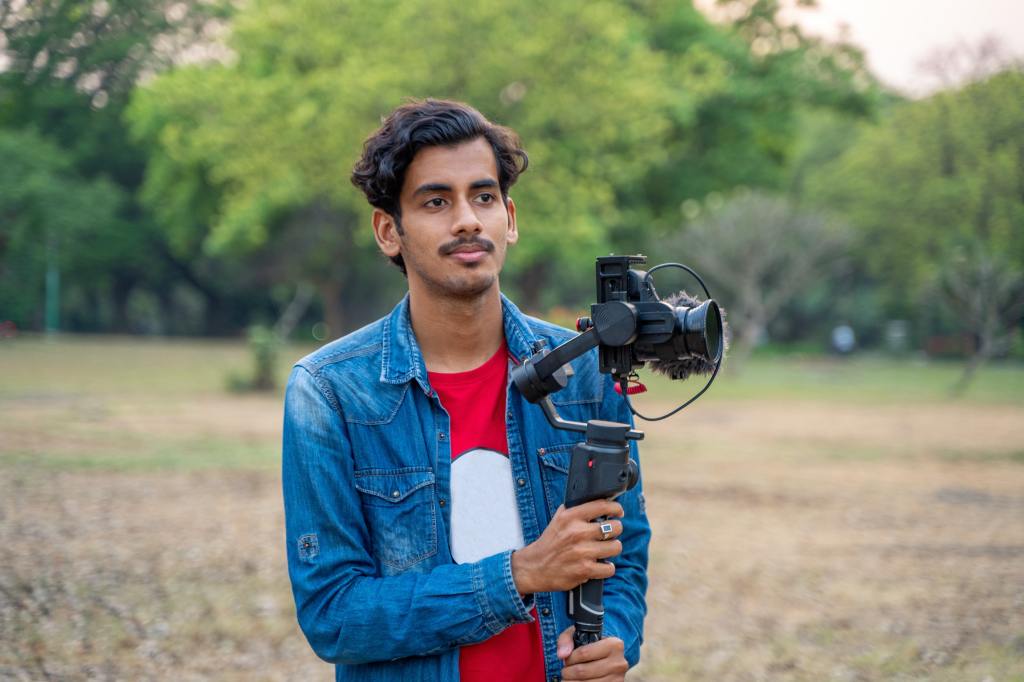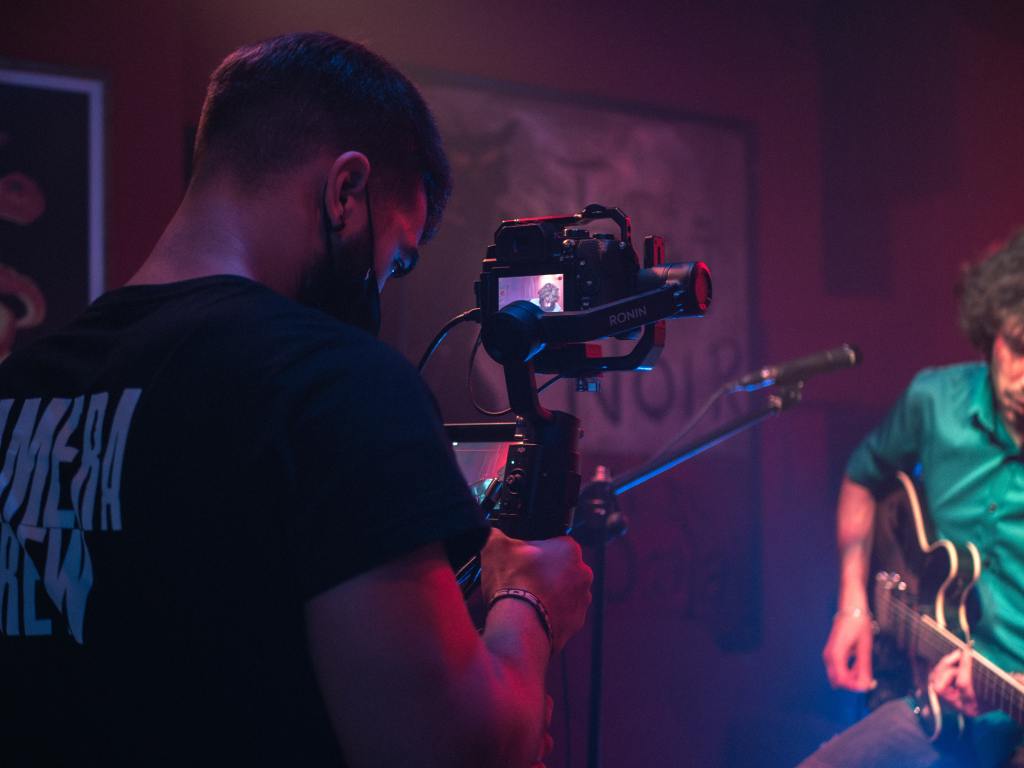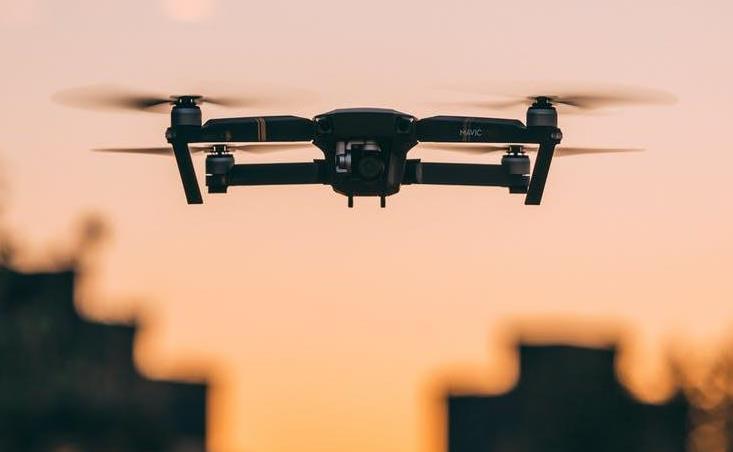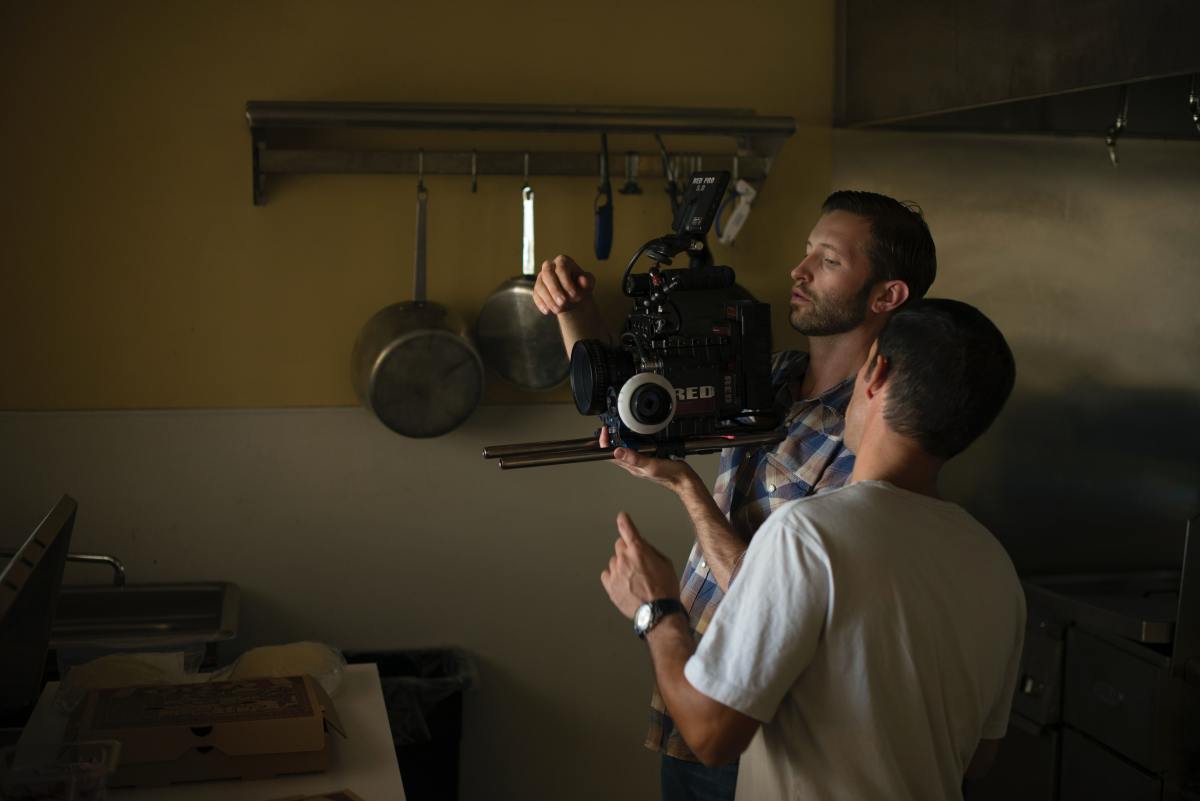Location, location, location! If you’ve got a film to shoot with a specific vision in mind (which should probably refer to any film), you’ve got to dedicate time to planning and booking your shoot locations.
If you’re a less-experienced filmmaker, location scouting might be one of those things you leave to the last minute – which can lead to disastrous scheduling issues or simply missing your chance to shoot altogether.
Fear not though, for we’ve prepared a quick guide to getting you started as a location scout in Australia.
What does a location scout do?

A location scout is the person that, well, finds locations – specifically ones that match the script and storyboard. If you’re a director on a budget you may find yourself doing this role alone, and that’s fine.
After budgeting, you should start by researching locations online. If you’re not sure what you’re looking for, an inspiration board can really help nail down the vision, which then makes the net you cast a little narrower and more manageable. In some cases you may know someone who has the perfect loungeroom/ backyard/ shed/ pool/ creepy basement for your shoot – or even better, you may have one of those yourself!
Read: Want to be a casting director? Alison Telford says: ‘be tenacious’
Before locking anything in, you’ll need to visit the spaces you’ve shortlisted and get a feel for them. Taking photos and short video clips a this point is essential, so you know how it will look when you film there. This step also gives you a good idea of how long it takes to get to each place, what sort of transport is required, and how long it takes to move between the locations.
Once you’ve got places that match your budget, time constraints, and vision, you’ll need to line it up with the shooting plan. Don’t forget to check sunrise and set times, and weather if you’re shooting outdoors!
Shooting indoors – where to go, what to expect, and how much to spend

When it comes to looking for a specific internal location, ‘try firstly to find something through family or friends, or Facebook community/industry groups,’ says Breanna Geer, who has worked in the Australian TV & Film Industry for six years in roles including locations coordinator, data wrangler, editor, and actor.
‘Always include a brief of what kind of location you are looking for, and what the remuneration will be.’ Your remuneration offer will of course depend on your budget.
‘For productions with a bigger budget looking to shoot inside a home, it’s standard to contact the homeowners directly and offer around $500+ per day for a shoot,’ she says.
‘For smaller productions you might want to rent out an Airbnb or similar.’ For other options you can head to our below list of locations for hire, which include spaces for all kinds of budgets.
Shooting outdoors – where to go, what to expect, and how much to spend

Most public outdoor areas in Australian suburbs, including city streets, council areas and national parks, require permits to allow filming. Bree says it’s ‘up to your discretion whether you want to risk the fine by shooting without permission’. However, many council areas in the countryside don’t enforce such fines, so you may want to drive outside of the city instead.
If you’re using a drone to capture some sweet shots, ‘always ask parks if drones are allowed to shoot footage in the area,’ Bree adds. ‘In some places they are completely prohibited.’
If you’ve sought appropriate permissions (and made sure not to park illegally), then you’re all good to go!
One more tip from Breanna: ‘Remember to notify police of any night shoots you have planned (it’s free), otherwise someone might call them on you for suspicious activity!’





